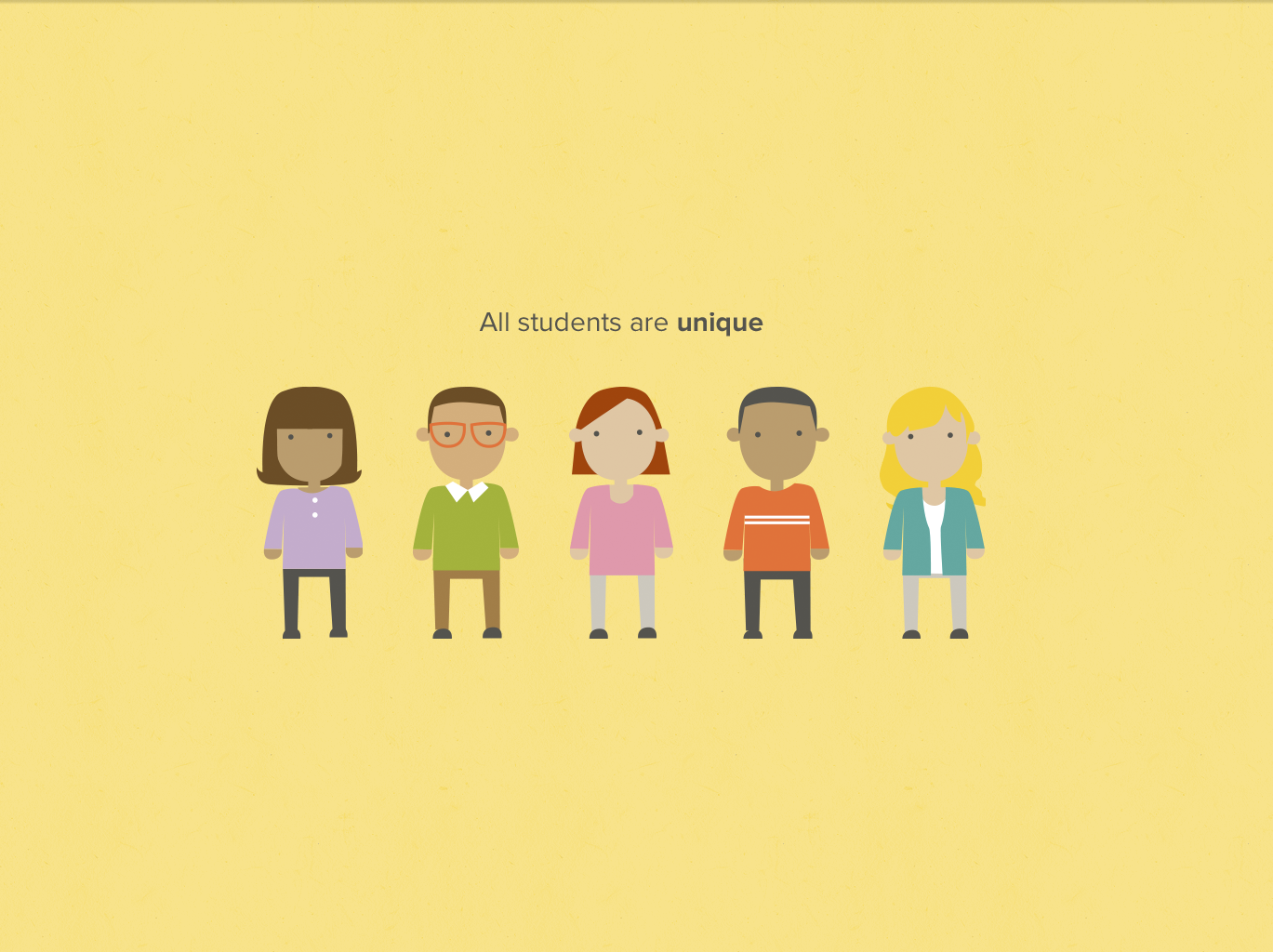Educators are known for their outsize capacity to give and share, and when it comes to lesson plans and curricula, teachers have generously shared with colleagues for centuries.
Sharing in the digital age means that myriad educators are now involved, and virtual marketplaces for Open Educational Resources (OER) — freely accessible, openly licensed text, media and other digital assets for classroom use — are springing up.
The promise of OER has been touted for some time. It taps into the collaborative brainpower, innovation and creativity of educators around the country and around the world. It ensures that teachers and students always have the most up-to-date and relevant content for little or no cost — which is particularly attractive to cash-strapped school districts. And OER can be customized and adapted to individual student populations and aligned to state standards.
OER can be found at various educational sites, including TeachersPayTeachers.com, where educators post their work for colleagues to use (often for a fee). In recent years, high-tech firms such as Amazon and digital education companies have joined the fray. The U.S. Department of Education’s #GoOpen campaign supports states, school districts and educators in using OER to transform teaching and learning.
Challenges in finding quality material
But while OER may be a boon to education, for many educators finding free, quality online curriculum requires tenacity, collaboration, increased staff development, and possibly new language in their collective bargaining agreements.
And that doesn’t even include wading through the thousands of choices of online learning and research materials out there.
Many say it’s the Wild West when it comes to selecting and vetting material.
“That’s exactly what it is,” says Oxnard Educators Association member Karen Sher, a seventh-grade teacher who is on special assignment as an instructional coach. “[OER] gives teachers more freedom, but it puts a lot on them in terms of research.”

Karen Sher
Sher became a specialist in the Library of Congress’s OER after attending its summer institute several years ago, and vouches for the primary sources it makes available to teachers. While the Library of Congress may not be as well known as other OER sources, it offers a wealth of resources for educators, according to Sher.
Sher asserts that regardless of the quality resources available online, “where the real magic happens is when teachers collaborate.”

Pia VanMeter
Pia VanMeter, co-chair of the Curriculum and Instruction Committee of CTA’s State Council of Education and high school science teacher, would agree. When her district rolled out an open source math curriculum, it was a disaster because there was not adequate staff development.
“Teachers were working on the curriculum while trying to teach the curriculum,” says the Riverside City Teachers Association member.
“Open source as an idea is great, but you need to critically look at it and make sure it is aligned to standards.”
Collaboration and staff development are key
The Cajon Valley Education Association (CVEA) has a joint curriculum committee with the Cajon Valley Unified School District to determine, among other curriculum decisions, the selection and uses of OER. The district is among those selected by the U.S. Department of Education as part of its #GoOpen initiative.
The committee’s work began two years ago when teachers started to question the superintendent’s “all in” campaign to include OER as part of its curriculum.

Christopher Prokop
“Our association began to ask, ‘What is that going to look like? Are we going to meet the requirements of Common Core? What about English learners? Who is going to create the curriculum?’” says CVEA President Christopher Prokop. “We became the adults in the room.”
Despite the early issues, teachers and the district are working together, and Prokop credits the district for wanting to “get off the textbook adoption merry-go-round” that is driven by big publishing companies. Teachers districtwide now have a modified Monday schedule that allows time for collaboration and staff development (including on OER) in teacher-driven meetings.
Know your OER objectives

Angela Der Ramos
Angela Der Ramos, Alisal Teachers Association, is a member of CTA’s Instructional Leadership Corps and provides professional development at conferences and in her district. She is a big proponent of OER, especially to rethink some of the curriculum or standards she is required to teach. Still, she maintains using OER must involve good pedagogy, and teachers must be articulate about what they are doing, “particularly when they are going against the norm.”
Der Ramos runs “This Side of the Chalkboard,” a Facebook page where teachers can share techniques, strategies and lessons in using OER.
The fifth-grade teacher believes the mission of education is to produce literate critical thinkers who are steeped in social justice and have learned they have the power to make positive change. With this in mind, her OER sites include Newsela, which she uses to highlight current human rights abuses, and Teaching Tolerance, an educational resource from the Southern Poverty Law Center.
While Der Ramos particularly endorses teacher-generated material, she is hesitant to support the idea of “teachers paying teachers” for online content.
“I fault no teacher for trying to make money,” she says, “but my own philosophy is one of sharing.”
Where to Find OER
Finding and vetting high-quality, standards-aligned Open Educational Resources (OER) can be challenging. Here are some expert recommendations:
ck12.org — An established resource offering full lesson plans easily incorporated into classrooms.
edmodo.com — An OER pioneer with a time-saving “Spotlight” search to help find specific elements.
opened.com — This OER has an enormous range of assessments.
gooru.org — Provides both lesson plans and full courses that can be downloaded and used for free.
curriki.org — Another early OER resource that lets teachers easily share their own lessons.
Their Favorite Things
CTA members Angela Der Ramos and Karen Sher, and CTA staff consultant and edtech specialist Karen Taylor, have favorite sites for OER content as well as educator tips, including:
BrainPOP, brainpop.com
Edutopia, edutopia.org
KQED Learning, ww2.kqed.org/learning
Library of Congress, loc.gov/teachers
Newsela, newsela.com
Pinterest, pinterest.com (search for curriculum and lesson plan)
Read Write Think, readwritethink.org
Rock Your World, rock-your-world.org
Teaching Tolerance, tolerance.org
Zearn Math, zearn.org
Let us know your favorite sites at editor@cta.org.
What to Consider With OER
- Use reputable sources and make sure the content you choose is aligned with standards.
- Select content you can easily adapt and customize for your students.
- Factor in time to adapt and customize, and time for you to become familiar with the content.
- If you’re sharing OER with colleagues, schoolwide or districtwide, make sure you have time to collaborate, prepare and learn together.

The Discussion 0 comments Post a Comment